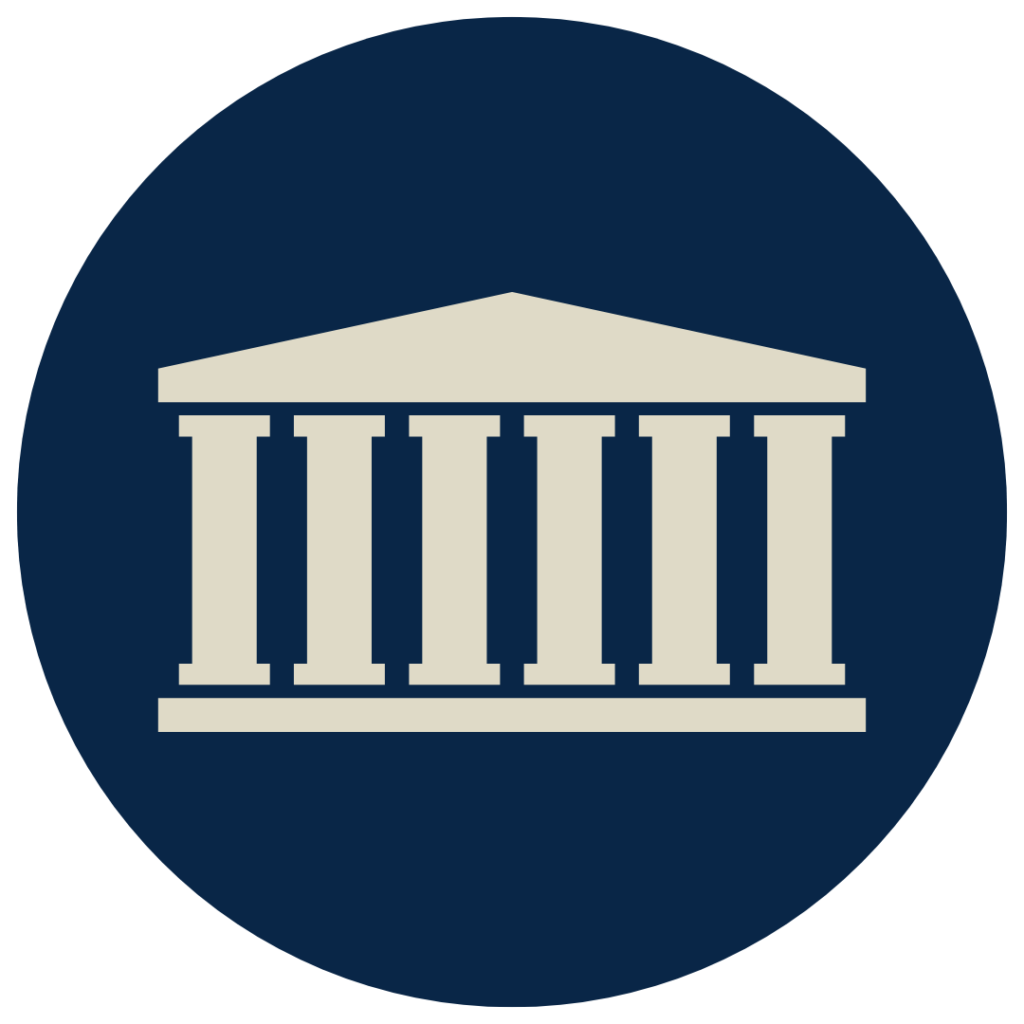Flying high in the skies as a private pilot is a dream shared by many aviation enthusiasts. The allure of commanding a sleek aircraft, traveling to exotic destinations, and experiencing the freedom of flight is undeniably appealing. However, the path to becoming a private pilot requires dedication, training, and a commitment to safety. In this article, we’ll explore the steps involved in pursuing a career as a private pilot and the exciting opportunities that await those who dare to take to the skies.
Embracing the Dream of Flight
For many aspiring pilots, the dream of flying begins at an early age, sparked by a fascination with airplanes and a desire to soar among the clouds. Whether inspired by family members in the aviation industry, a love of travel, or the thrill of adventure, the dream of becoming a private pilot ignites a passion that drives individuals to pursue their goals with determination and enthusiasm.
Understanding the Requirements
Becoming a private pilot requires meeting certain eligibility criteria and completing the necessary training and certification requirements set forth by aviation authorities. In the United States, aspiring pilots must obtain a Private Pilot License (PPL) issued by the Federal Aviation Administration (FAA). To qualify for a PPL, individuals must be at least 17 years old, pass a medical examination, and accumulate a minimum number of flight hours and training from an FAA-approved flight school or instructor.
Enrolling in Flight Training
Flight training is a crucial component of becoming a private pilot, providing aspiring aviators with the knowledge, skills, and experience needed to safely operate an aircraft. Flight schools offer comprehensive training programs that cover a range of topics, including aerodynamics, aircraft systems, navigation, weather patterns, and emergency procedures. Students receive hands-on instruction from certified flight instructors and log flight hours both in the classroom and in the cockpit to prepare for the FAA written and practical exams.
Gaining Flight Experience
Building flight experience is essential for aspiring private plane pilots to hone their skills and proficiency in various flying conditions and environments. Pilots-in-training accumulate flight hours through a combination of solo flights, cross-country navigation exercises, and supervised flights with instructors. They practice takeoffs, landings, maneuvers, and emergency procedures to develop confidence and competence as they progress through their training.
Obtaining a Private Pilot License
Upon completion of the required flight training and meeting the eligibility criteria, aspiring pilots can apply for a Private Pilot License (PPL) from the FAA. The PPL allows individuals to fly small, single-engine aircraft for personal and recreational purposes, including leisure travel, sightseeing flights, and flying for charitable or non-profit organizations. Private pilots must adhere to certain restrictions, such as flying only in visual flight conditions and not for hire or compensation.
Continuing Education and Advancement
Becoming a private pilot is just the beginning of a lifelong journey of learning and growth in the aviation industry. Pilots have the opportunity to pursue additional training, certifications, and endorsements to expand their skills and advance their careers. They can obtain instrument and multi-engine ratings, pursue advanced flight instructor certifications, and specialize in specific types of aircraft or flying missions, such as aerobatics, bush flying, or corporate aviation.
Exploring Career Opportunities
Private pilots have a wide range of career opportunities available to them beyond recreational flying. They can pursue careers as flight instructors, charter pilots, aerial photographers, air ambulance pilots, corporate pilots, or commercial airline pilots, depending on their interests, skills, and career goals. Private pilots may also choose to fly for personal and recreational purposes, enjoying the freedom and flexibility that flying provides without the pressures of commercial aviation.
High Rewards for Private Pilots
In conclusion, pursuing a career as a private plane pilot offers an exciting and rewarding opportunity to fulfill a lifelong dream of flight. By understanding the requirements, enrolling in flight training, gaining flight experience, obtaining a Private Pilot License, continuing education and advancement, and exploring career opportunities, aspiring pilots can embark on a journey that combines passion, adventure, and professional growth in the dynamic field of aviation. With dedication, perseverance, and a love of flying, the sky’s the limit for those who dare to pursue their dreams of becoming private plane pilots.












